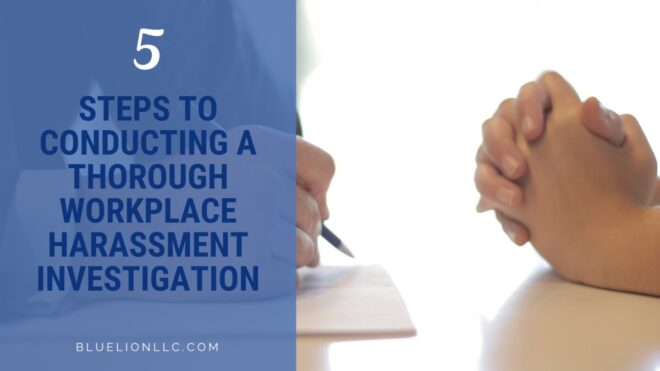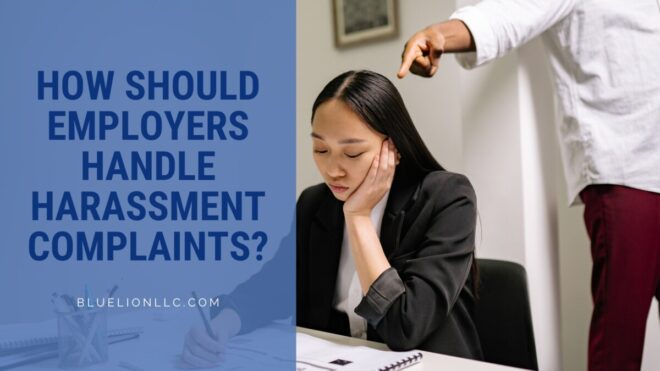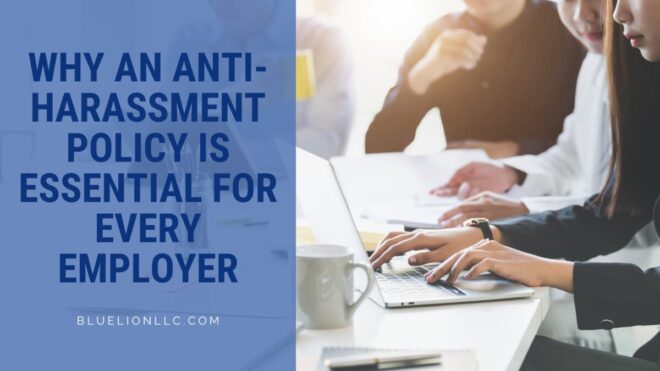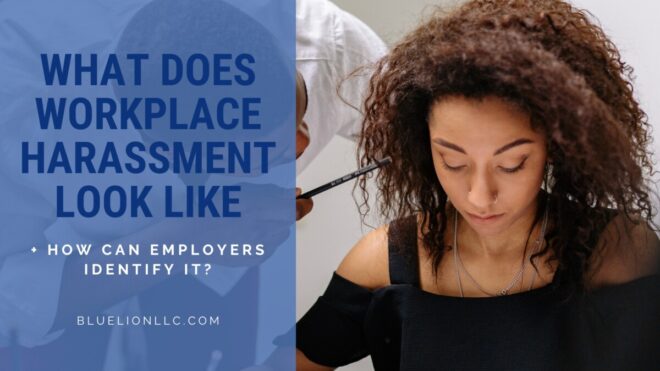
Are tattoos in the workplace still taboo? A 2015 Harris Poll reported that almost half of American millennials have tattoos. The survey also found that only 36% of Generation X and 13% of Baby Boomers have ink.
With millennials leading the inked pack, body art is quite a hot topic for employers. After all, the generation makes up 25% of the population and 30% of the workforce, according to Pew.
So, does it still affect employment opportunities and earnings? The jury seems to be out.
One 2018 study by professors at the University of Miami and the University of Western Australia found that tattoos do not impact hiring decisions or wages. Around the same time, Indiana University Health announced a new policy allowing nurses to have tattoos. Healthcare has historically been one of the stricter industries regarding visible body art.
On the other hand, another 2018 study by Colorado State University and California State University found employment discrimination against individuals with almost any type of tattoo or body piercing! This included both hiring and wage bias.
That said, what’s an employer to do? There are currently no employment laws regarding discrimination based on visible body art and piercings. Employers can legally refuse to hire or fire people for displaying visible tattoos.
But this doesn’t mean there are no consequences one way or the other. What makes the most sense for your business? What could you lose by allowing or prohibiting tattoos in the workplace? Do you need a tattoo policy, and if so, what should it include? We’re discussing all of this below.
Developing a Workplace Tattoo Policy
If you plan to implement a workplace tattoo policy, you must first consider your industry, clients, brand, and core values. Ask yourself and your leadership team:
- How are tattoos perceived in your industry (e.g., partners and clients)?
- Will it impact your business?
- Will it affect the employee’s success?
- Do you NEED a tattoo policy as part of your dress code?
Keep the policy language neutral, and don’t speak negatively about tattoos and those who have them. Stick to the issue without making value judgments about body art and piercings.
Below are a few more areas to consider as you write your organization’s tattoo policy.
Tattoo Location
When it comes to tattoos in the workplace, those on the face/head, neck, and hands are still iffy. Body art in these very noticeable areas is often associated with prison ink and gang activity. Perhaps that’s why six in ten employers would not hire someone with facial tattoos.
Maybe visible tattoos are acceptable as long as they’re not on one or a combination of the face, head, neck, or hands. Or maybe you don’t want visible tattoos at all. Either way, be specific and consistent in your tattoo policy.
Employee Role
A company’s policy on tattoos in the workplace often depends on the industry and type of job. For example, a high-end restaurant may not want the manager to be heavily inked on their heads, necks, and hands. But this may not be as much of a concern for the dishwasher, who primarily works in the kitchen and has little to no interaction with guests.
Consider whether your policy should include specific rules for customer-facing and non-customer-facing positions.
Religious & Gender Discrimination Concerns
Employers should also beware of gender and religious issues related to tattoos. Ensure managers don’t have adverse reactions to women with body art but not men—this could lead to a sexual discrimination suit if a candidate’s tattoo plays a role in the hiring decision.
And what about religious tattoos? Can you have employees cover them up?
You might need to make an exception to your “no visible tattoos” policy if an employee’s tattoo is based on a sincerely held religious belief or practice that prohibits the employee from covering the tattoo up. In this case, you’d have to provide reasonable accommodation. It’s best to ask the employee about the tattoo and confirm whether there is a religious reason that prevents them from covering it.
To avoid tattoo discrimination claims:
- Include HR in the workplace tattoo policy creation to ensure it is compliant.
- Train managers to loop in HR if an issue arises related to body art.
- Include the policy in your employee handbook for all team members to read and sign.
- Enforce it consistently to avoid discrimination claims.
Your rules on tattoos will depend on your company culture and attitude toward them, along with recruiting and retention challenges. Is it worth potentially turning away candidates or losing great employees? Keep in mind what is best for your employees and clientele.
This is why you should also weigh the pros and cons of allowing tattoos in the workplace.
Pros of Allowing Tattoos in the Workplace
Supporting self-expression and cultural diversity
Permitting tattoos in the workplace encourages employees to be themselves and show pieces of who they are, including their interests, values, and beliefs. When your team members can express themselves freely, they’ll feel more valued.
Additionally, many people have tattoos that are a part of or reflect their culture. Allowing visible tattoos at work promotes diversity and inclusion, bringing in unique perspectives and backgrounds by creating a welcoming, accepting environment for more people.
Conveying creativity
Show the rest of the world—including potential employees, customers, partners, and stakeholders—that you promote a creative environment! This is a great way to invite other creatives to join your team who can bring a great deal to the table, especially in fields like interior design, architecture, and culinary arts.
Allowing tattoos in the workplace can also attract customers looking for a company that values aesthetics, creativity, and self-expression. It’s a powerful way to find clients aligned with your brand.
Sparking connections and friendships
Additionally, colleagues can bond over tattoos and their interests and stories. Body art can help spark intriguing discussions that may not have occurred without the unique conversation starter. It’s another way for employees to connect and can lead to more productive, positive work relationships.
Growing a talented team
As mentioned above, closing your company off to employees with body art can severely shrink your talent pool and mean you’re missing out on unique perspectives and skill sets! More people than ever have tattoos, especially the younger generations now entering the workforce. By accepting tattoos, you’ll attract many more potential hires.
Avoiding potential discrimination claims
Many states protect religious practices. Several religions’ practices involve body piercing, particularly on the nose and ears, and tattoos. An overly strict dress code that prohibits all tattoos and piercings could get an employer in hot water if they violate Title VII of the Civil Rights Act or their state’s nondiscrimination laws.
When you allow tattoos in the workplace and set reasonable rules, your business will avoid potential discrimination litigation.
Cons of Allowing Tattoos in the Workplace
Rubbing clients the wrong way
Depending on your ideal client’s beliefs and preferences, they may be turned off by employees with tattoos. However, before establishing a tattoo policy, you should consider your entire customer base—not just the minority who might dislike tattoos.
Creating distractions
Depending on your industry, visible tattoos at work may be too casual or cause distractions. They might even distract employees from their work, particularly those who come from more conservative or traditional backgrounds and are uncomfortable with tattoos. On the other hand, if individuals are highly interested in body art, they may spend extra time discussing each other’s tattoos.
But between social media, internet access, and everyday social interactions at the office, tattoos are probably the least of your worries when it comes to distractions.
Risking offensive tattoos
Unfortunately, when you allow tattoos in the workplace, you risk an employee showing up with an offensive or inappropriate design or message in their body art. The best way to combat this is a clear dress code and tattoo policy prohibiting demeaning images and profanity.
Tattoos in the Workplace: What’s Right for Your Business?
Keep your core values in mind when deciding if you’ll allow tattoos in the workplace and the specifics around your policy. What is best for your team and your existing and prospective clients? This will guide your leadership in developing a fair and consistent policy.
If you need help creating a reasonable and compliant dress code that includes policies on body art, or you need help with any other handbook and policy creation, check out our HR projects and training services. Or, contact BlueLion today at info@bluelionllc.com or 603-818-4131!
The information on this website, including its newsletters, is not, nor is it intended to be legal advice. You should contact an attorney or HR specialist for advice on your individual situation.












